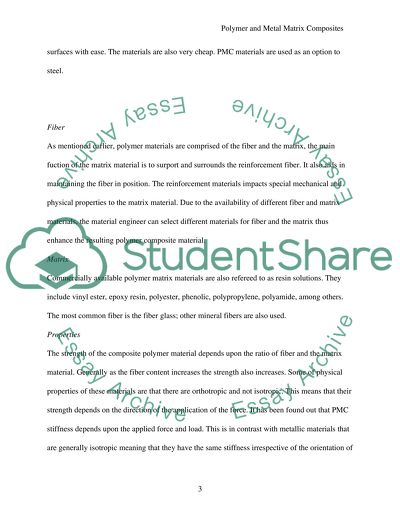Cite this document
(“Polymer and Metal Matrix Composites Essay Example | Topics and Well Written Essays - 2750 words”, n.d.)
Polymer and Metal Matrix Composites Essay Example | Topics and Well Written Essays - 2750 words. Retrieved from https://studentshare.org/technology/1519078-polymer-and-metal-matrix-composites
Polymer and Metal Matrix Composites Essay Example | Topics and Well Written Essays - 2750 words. Retrieved from https://studentshare.org/technology/1519078-polymer-and-metal-matrix-composites
(Polymer and Metal Matrix Composites Essay Example | Topics and Well Written Essays - 2750 Words)
Polymer and Metal Matrix Composites Essay Example | Topics and Well Written Essays - 2750 Words. https://studentshare.org/technology/1519078-polymer-and-metal-matrix-composites.
Polymer and Metal Matrix Composites Essay Example | Topics and Well Written Essays - 2750 Words. https://studentshare.org/technology/1519078-polymer-and-metal-matrix-composites.
“Polymer and Metal Matrix Composites Essay Example | Topics and Well Written Essays - 2750 Words”, n.d. https://studentshare.org/technology/1519078-polymer-and-metal-matrix-composites.


